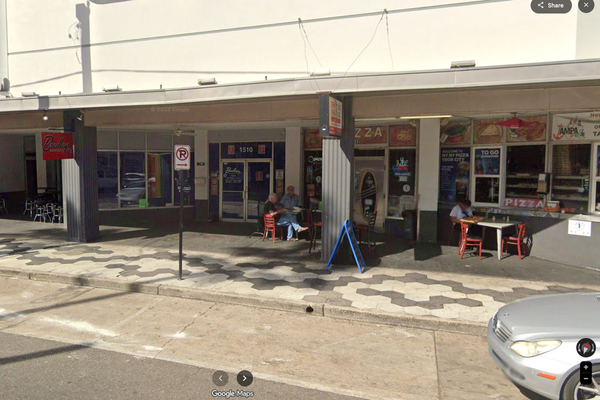If you have read anything on the prison system over the past few years, you will have noticed a few common themes: overcrowding, understaffing, reoffending, crumbling infrastructure, and abject conditions.
Our prisons are increasingly places of despair – full of drugs, drones, self-harm, violence and deaths. The recent annual report of the Chief Inspector of Prisons lay testament to the extent of the crisis gripping the prison system.
And the government knows this. Its own research sets out that people living in overcrowded cells were 19 per cent more likely to be involved in assault incidents – and 67 out of the 121 adult male prisons in this country are overcrowded.
In the context of rising violence across the prison estate, what is the government’s solution? To recruit and train more prison officers? To address overcrowding by reducing capacity in particularly troubled jails and across the system? To invest in infrastructure? To increase education and training budgets to give prisoners access to the means to turn their lives around?
No. While we wait for bolder action to fix the broken prison system, the government’s response is to trumpet the fact that Tasers will now be used behind bars.
The introduction of Tasers has been linked to horrific incidents involving attacks on staff at Frankland and Belmarsh – although it is far from clear that access to these weapons would have prevented either incident taking place.
Staff in adult male prisons already have access to batons and PAVA spray, which we know undermine positive relationships between staff and those in their care.
The escalating use of force brings with it a multitude of concerns. Inspection reports have consistently revealed inappropriate use of force, including against people threatening to self-harm; problems with lack of staff training; inadequate use of body-worn cameras; and disproportionate use of force against people from Black, Black/British, and Muslim backgrounds.
While Tasers are being piloted in a limited manner – just the “operational response and resilience unit” will be authorised to use them – the fear must be that this is the thin edge of the wedge. Indeed, speaking to journalists about Tasers, the secretary of state for justice, Shabana Mahmood, remarked: “This is very much the beginning”.
It seems that the rollout of further weapons in prisons has been foretold. And that would track; two months ago, the secretary of state approved of the use of PAVA spray – an otherwise illegal chemical incapacitant – in young offender institutions, despite evidence that it won’t reduce violence and will be disproportionately used against Black and minority ethnic children, Muslim children and children with disabilities. Last week, the Howard League issued legal proceedings to challenge this decision.
Almost every week, I visit prisons across the country and speak to people being held in and working in dreadful conditions. Many of this country’s jails are filthy, overrun simultaneously with drones and rats.
People eat – and go to the toilet – in cramped cells with poor ventilation. There are more than 22,000 people sharing a cell intended for a single person. Facilities have become dilapidated as the maintenance backlog has grown. Restricted regimes, often due to staff shortages, mean that people have little to do but stay locked in their cells.
I speak to prison governors doing their very best to keep the people in their care safe, though they are often uncomfortable with the job they are doing, feeling powerless to attract the resources they need to run a better jail. They all want fewer people in their prison, higher staff confidence and capability, and more time to spend with prisoners to help turn their lives around. But there is no money for any of that.
And so, prisoners are held in ghastly conditions, and when this leads to unrest and violence, the government is sanctioning yet more use of force against them.
There is no question that the government is facing a crisis in its prisons. But this will not be solved with easy, reactionary policies. What is needed is political courage to explain the problems honestly to the public – as Keir Starmer started to do last July – and long-term investment in evidence-based policy that addresses the roots of the overcrowding and reoffending in our prison system.
Violence will not be stemmed by more violence. The government must look at its own evidence and acknowledge that, rather than adding to the pressure in our overstretched jails, the best response to rising levels of violence is to reduce the prison population and offer productive and positive regimes for people in custody.
We will be waiting until September for legislation to deliver changes proposed in David Gauke’s sentencing review, which will hopefully ease some of this pressure. But otherwise, the government’s plan seems to be to build more prisons, and weaponise them at pace. Which feels a long way from the promise of the prime minister’s first press conference last July.
Andrea Coomber is chief executive of the Howard League for Penal Reform
Why I’ve changed my mind about a state of Palestine
Lady Starmer deserves better than putting up with ‘banter’ from Donald Trump
Is Greggs about to go the same way as Starbucks?
Finally, Mr Trump has made an important break with the Israeli government
Why do men like Jeremy Clarkson get so upset about women playing football?







